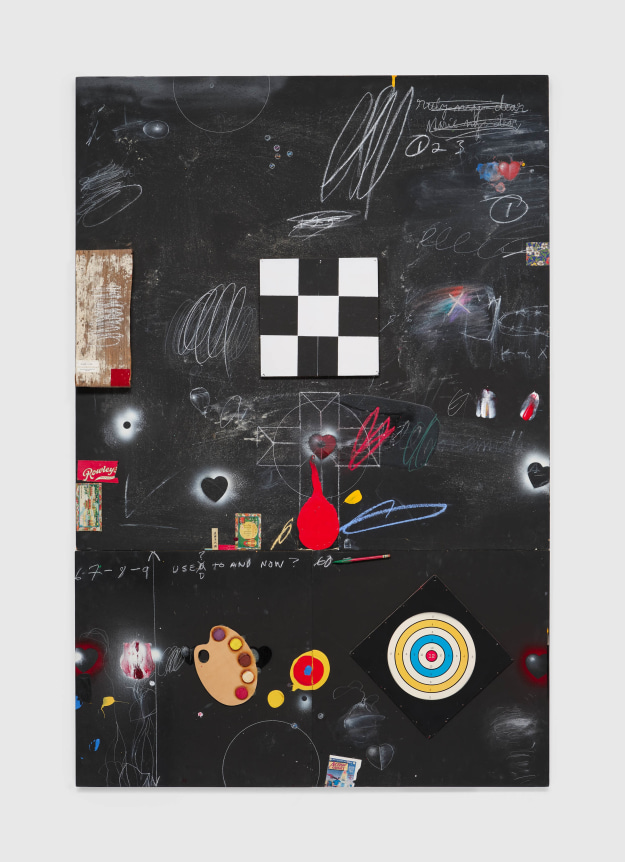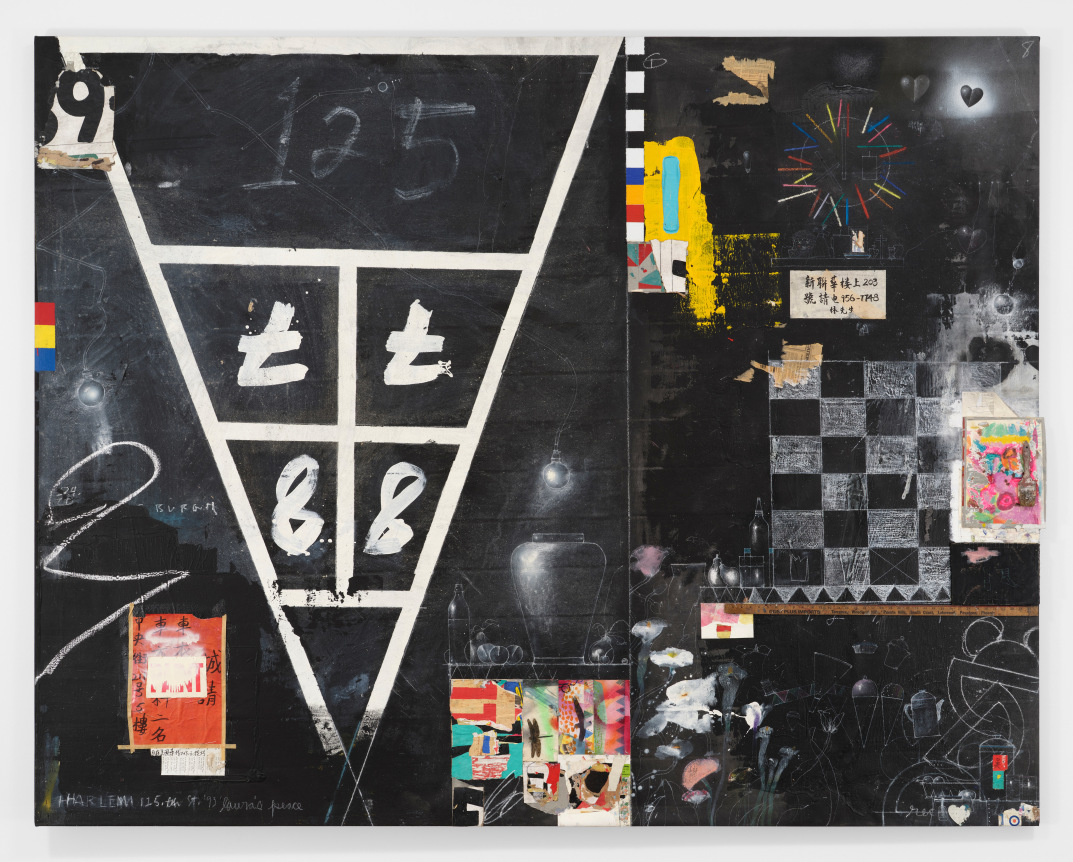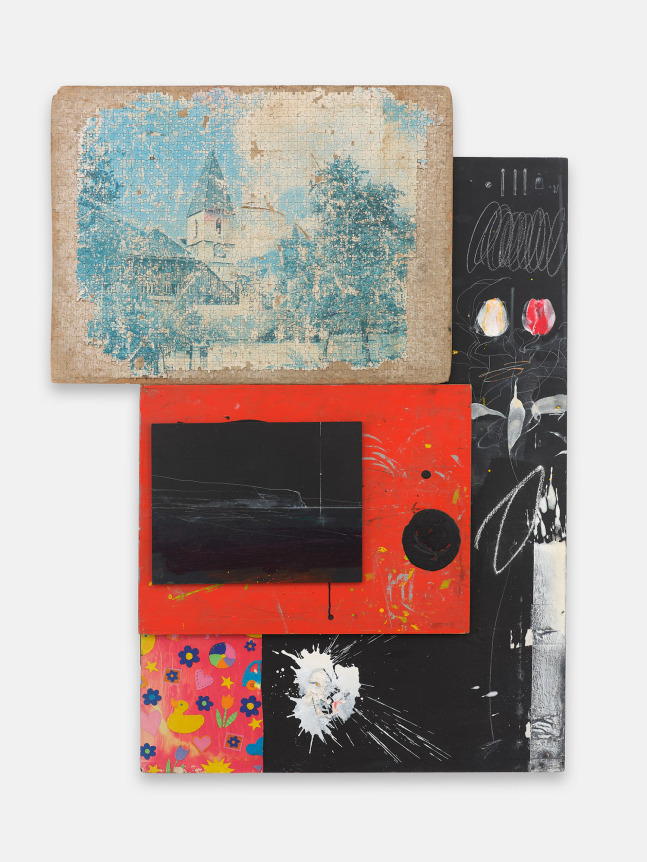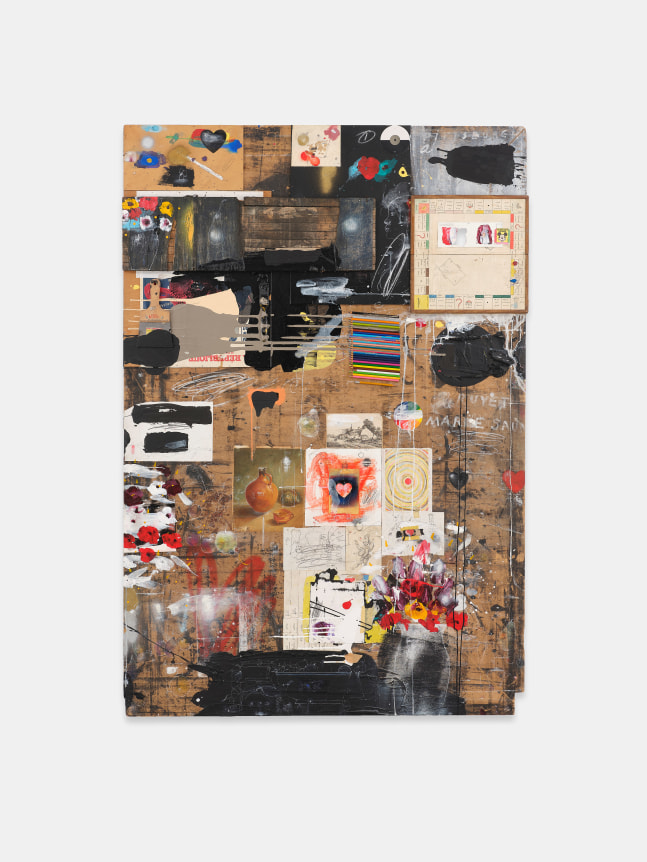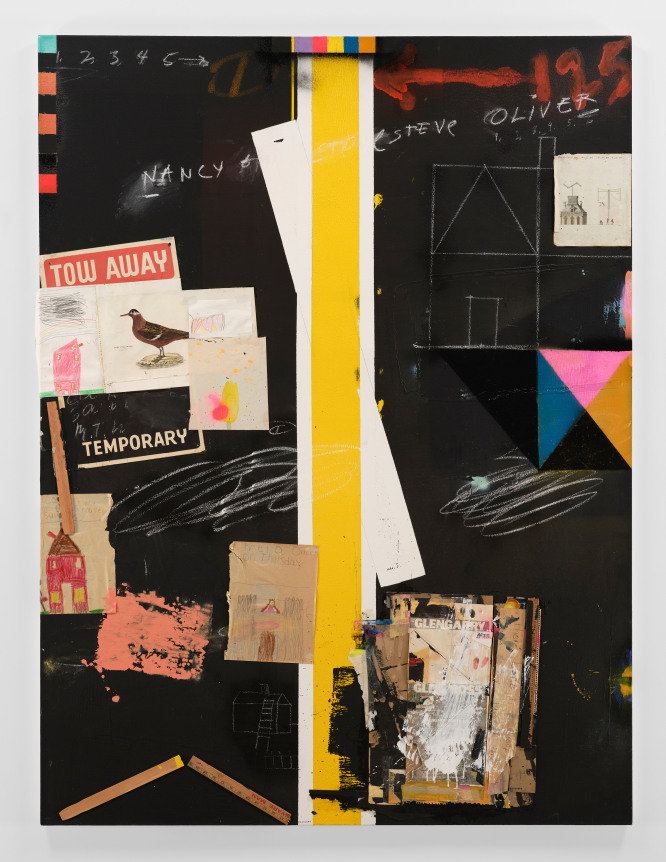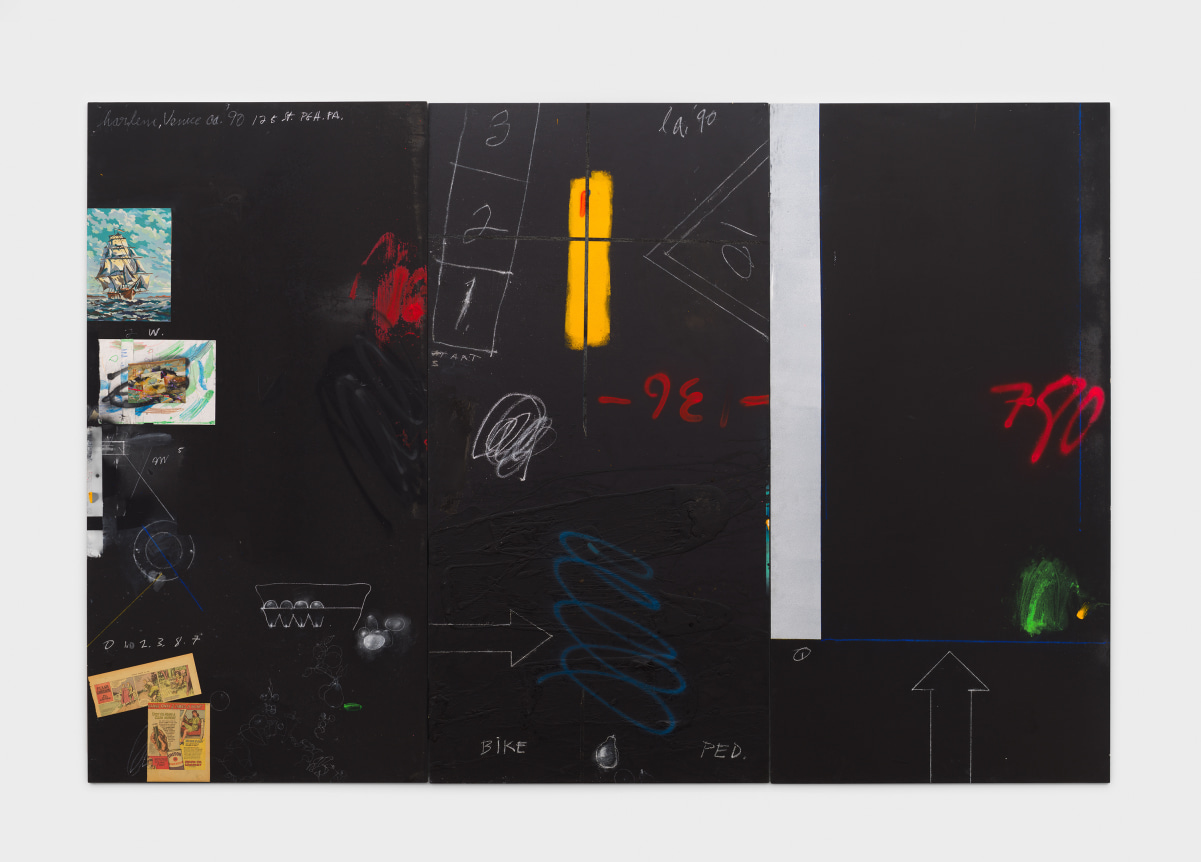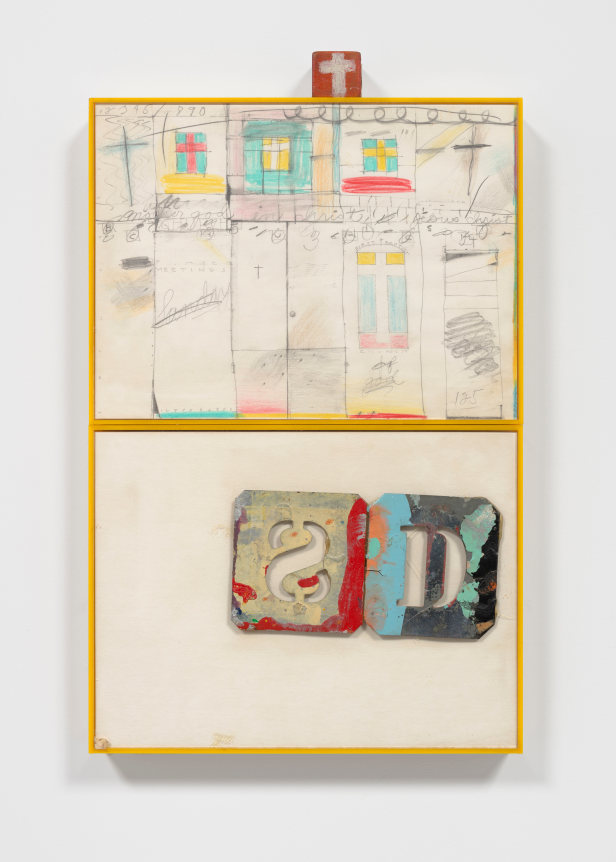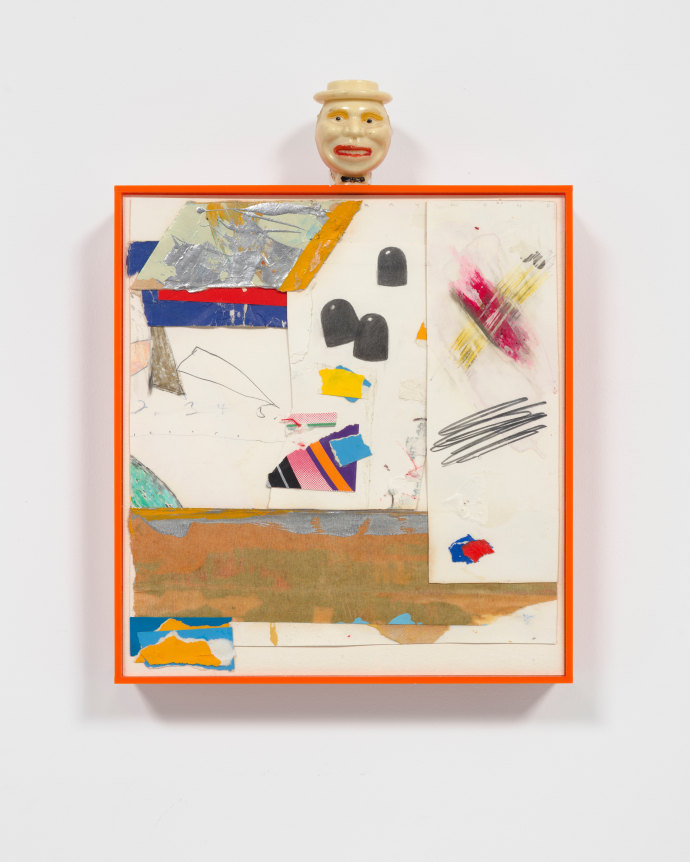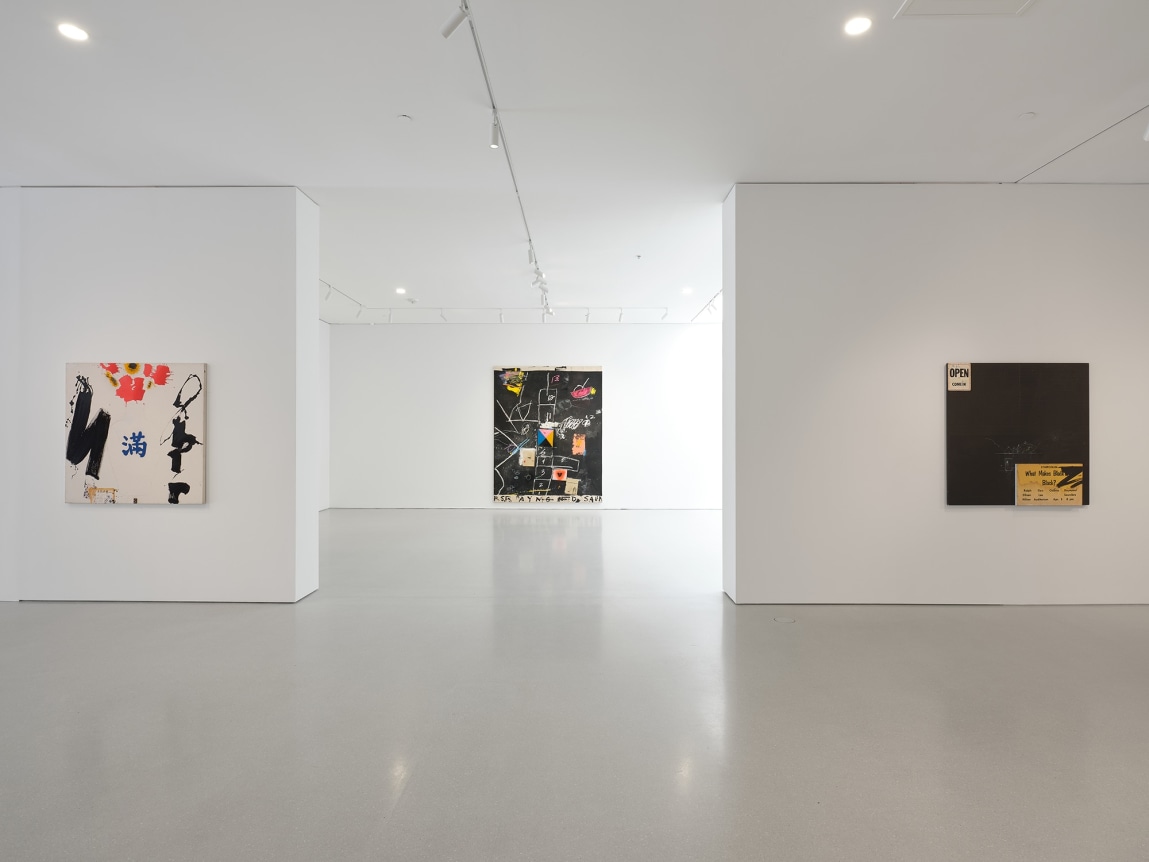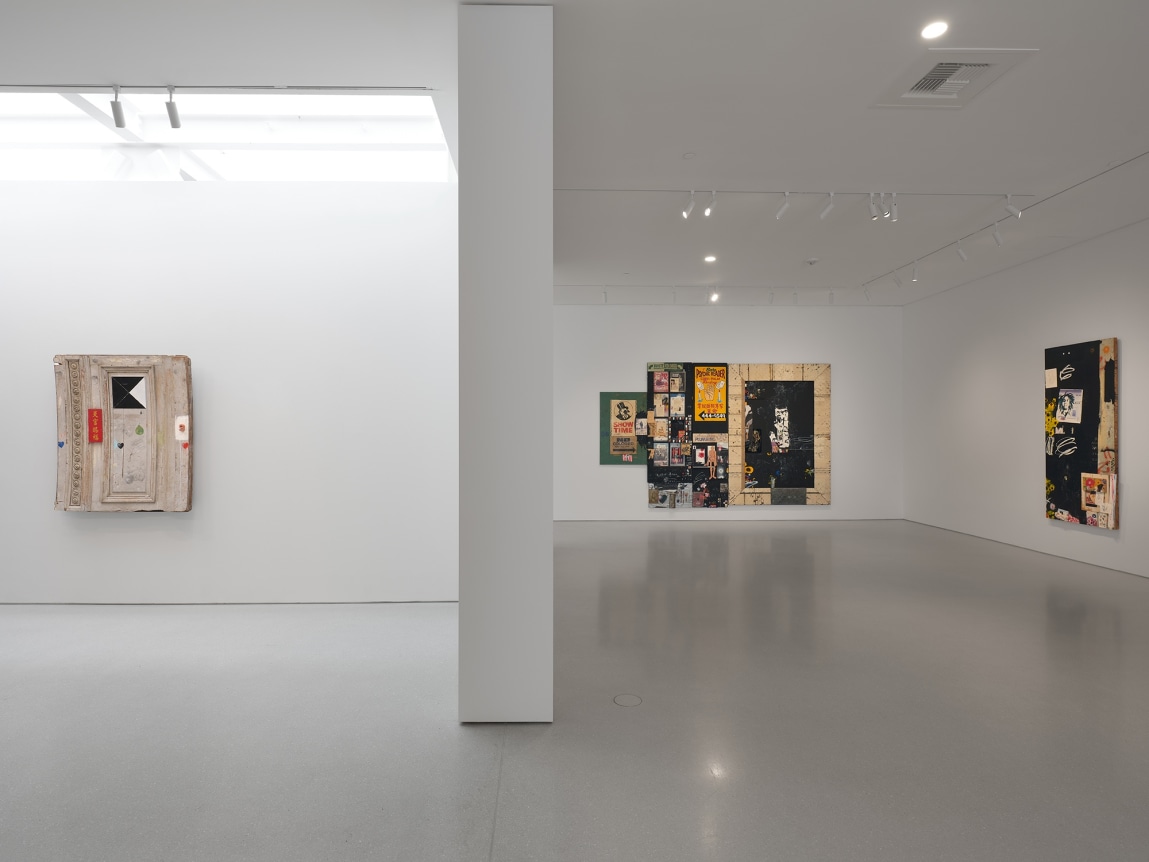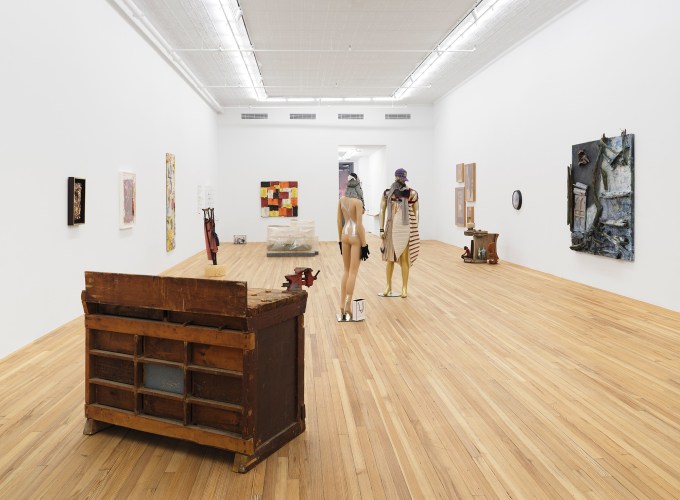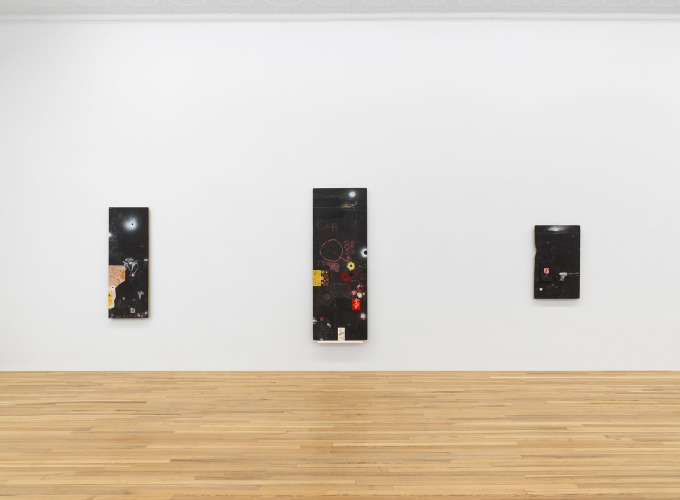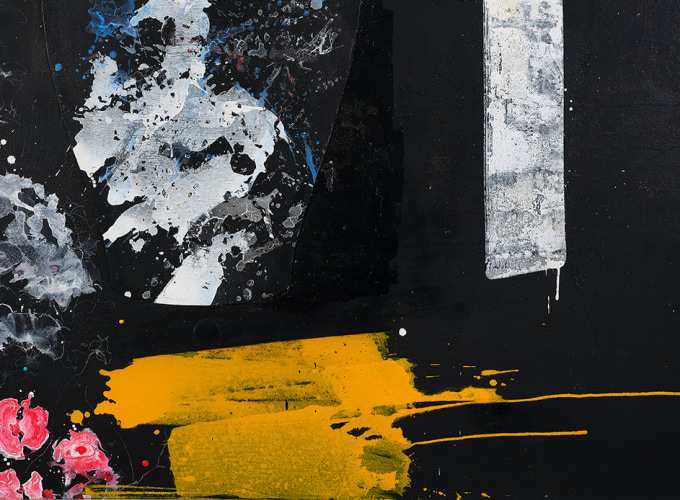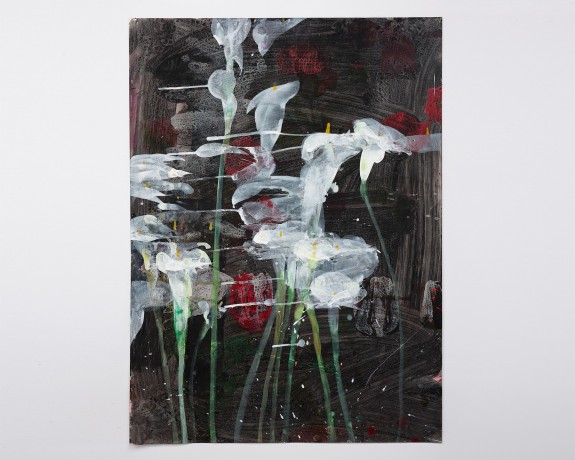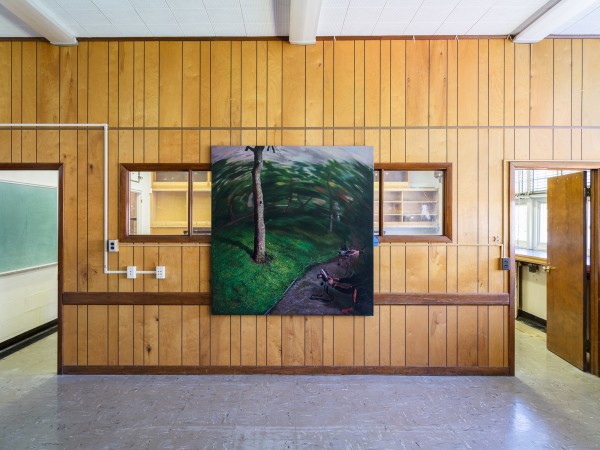
Since the 1960s, Raymond Saunders has developed a singular practice defined by an improvisational approach, as he culls eclectic ephemera, signage, detritus, and other materials from his daily life which reflect his living environment. A cult-like figure in the Bay Area art scene, Saunders’ paintings and installation-based works are loaded with rich swaths of paint, interwoven with found materials and his own notational marks, and white-pencil drawings.
Blackboard surfaces, left visible through a heavy accumulation of marks and material, tie Saunders’ works inextricably to his role as an educator, as he handwrites simple equations, lettering, and childlike notes onto the work’s surface. Like Jazz, dissonant at first, Saunders' works cohere upon closer view, employing diverse elements to address the dualities present within life - plight and renewal, lack and abundance, innocence, and despair, as well as the individual and the community. Interweaving his own personal experience and anecdotes, Saunders aims to teach this full reality of the modern environment, the losses and victories, as well as the splendor that exists within the everyday.
Raymond Saunders lives and works in Oakland, California. In 2025, the Carnegie Museum of Art, Pittsburgh, will present Raymond Saunders: Flowers from a Black Garden. In 2024 Andrew Kreps Gallery and David Zwirner presented the double-venue solo show Post No Bills, and in 2022 Saunders work was the subject of a solo exhibition at Sonoma Valley Museum of Art, titled Raymond Saunders: On Freedom and Trust. In 2021, Andrew Kreps Gallery and Casemore Kirkeby presented the exhibition Raymond Saunders, 40 Years: Paris/Oakland across two locations in San Francisco. Saunders obtained his BFA from the Carnegie Institute of Technology, before moving to California, where he earned his MFA at the California College of Arts and Crafts. Saunders joined the faculty of California State University East Bay, Hayward, in 1968, eventually becoming an arts professor at California College of the Arts in Oakland, CA.
Saunders currently holds the title of professor emeritus from Cal State East Bay in Hayward. In 1967, he published his seminal essay Black is a Color, which challenged the perceptions of identity-focused art. He was awarded a Rome Prize Fellowship in 1964, a Guggenheim Fellowship in 1976, and is a two-time recipient of the National Endowment for the Arts Awards (1977, 1984). In 2017, his work was included in the traveling exhibition Soul of a Nation: Art in the Age of Black Power, 1963 – 1983, organized by London’s Tate Modern. He was also included in the traveling exhibition Now Dig This!: Art and Black Los Angeles, 1960 – 1980, organized by the Hammer Museum in Los Angeles.
Saunders works are included in the permanent collections of the National Gallery of Art in Washington, DC, Museum of Modern Art (MOMA) in New York, Metropolitan Museum of Art in New York, Whitney Museum of American Art in New York, Carnegie Museum of Art in Pittsburgh, Howard University in Washington, DC, Walker Art Museum in Minneapolis, Museum of Contemporary Art (MOCA) in Los Angeles, Hammer Museum in Los Angeles, SFMOMA in San Francisco, Oakland Museum of California in Oakland, and the Berkeley Art Museum in Berkeley, among others.

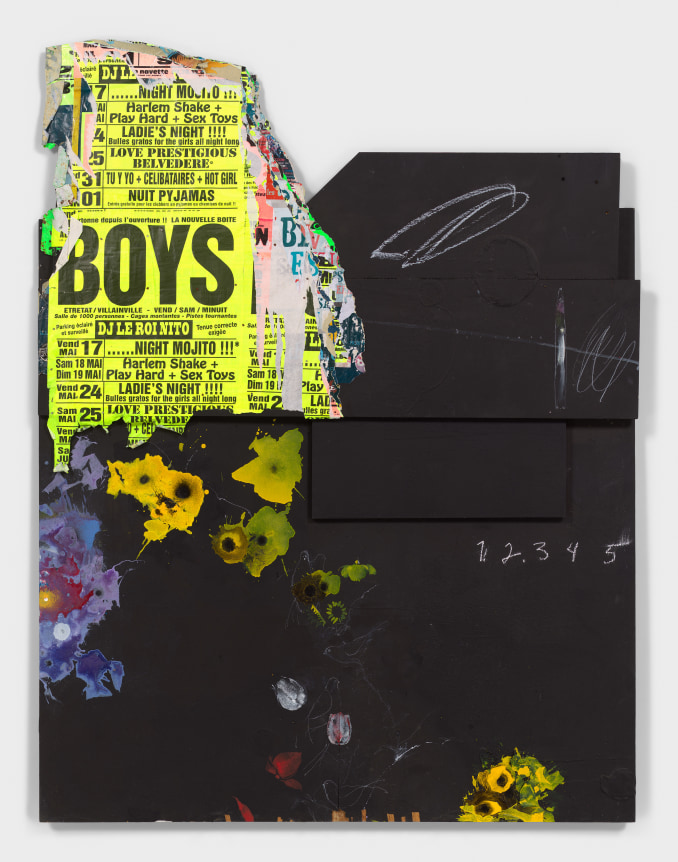
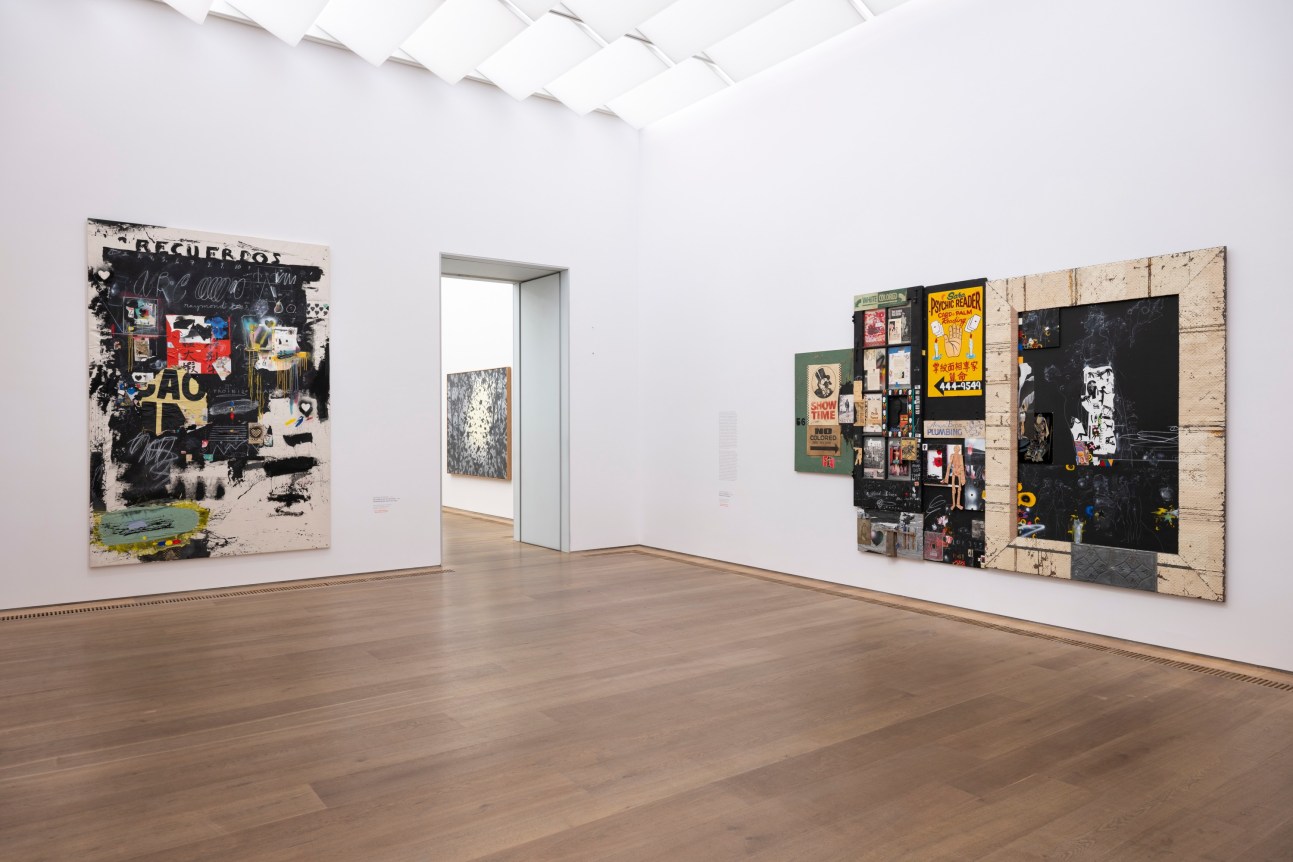
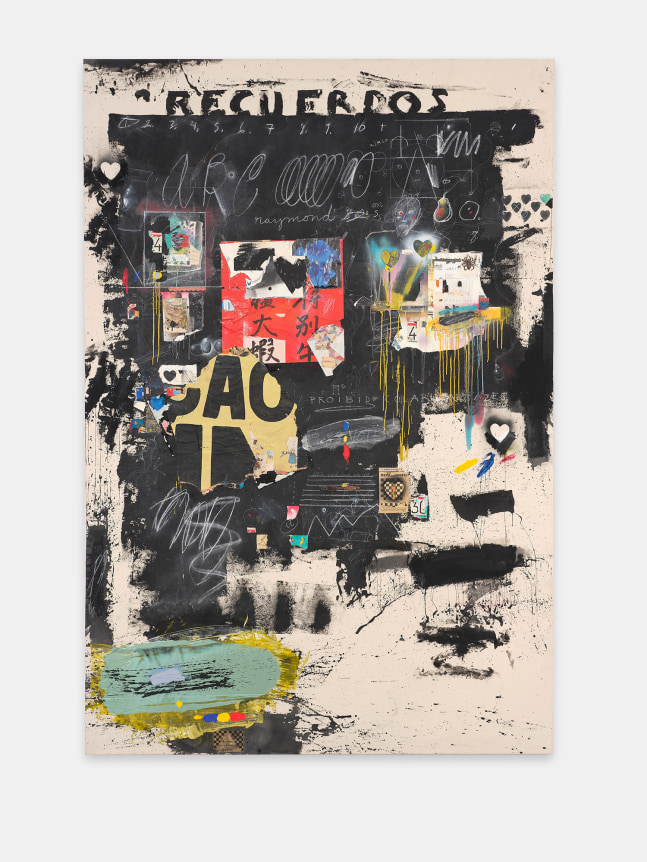
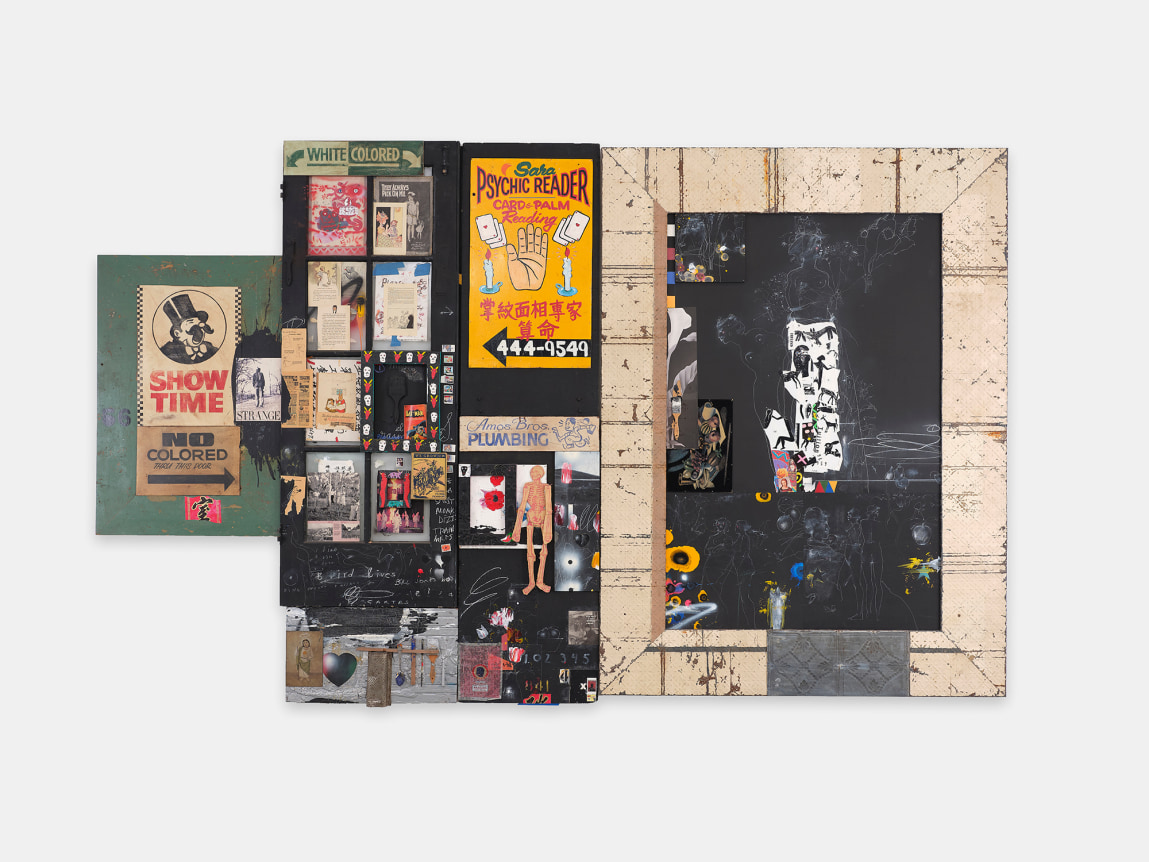
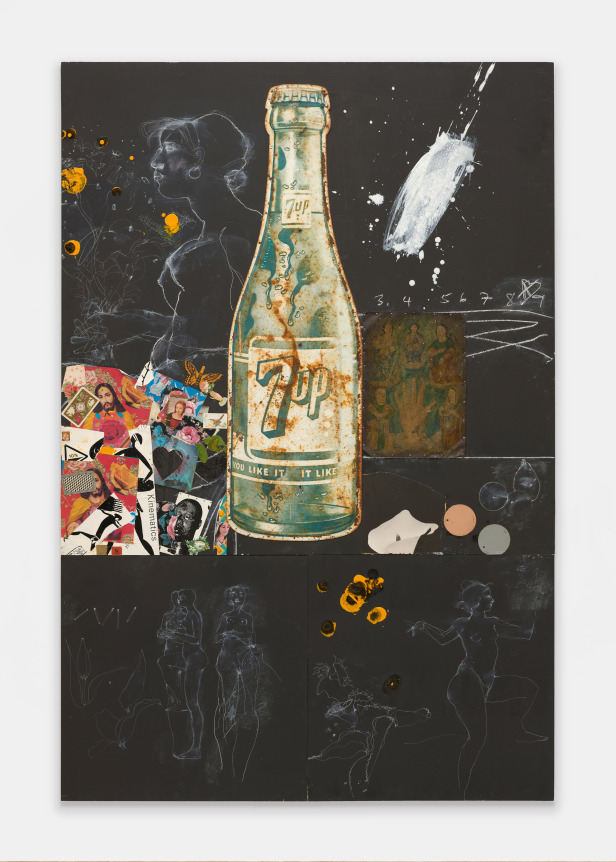


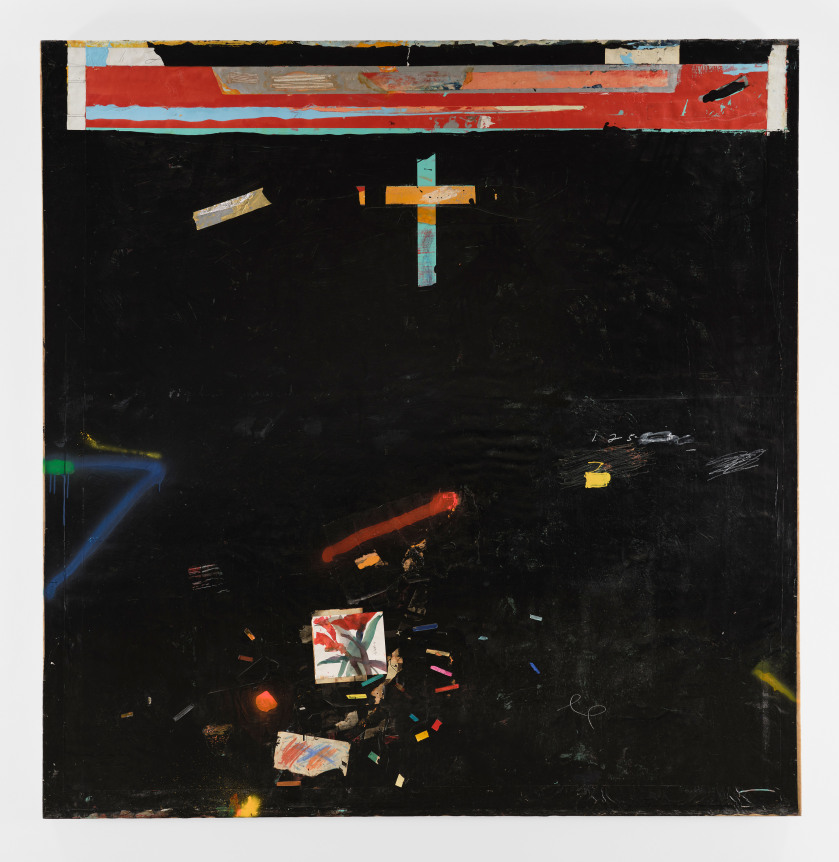
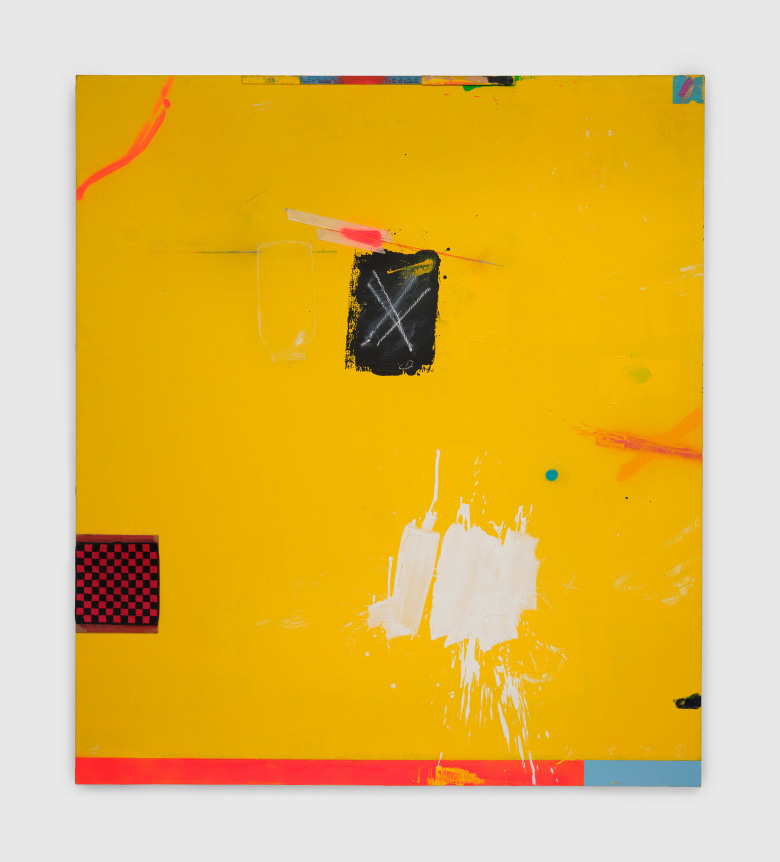
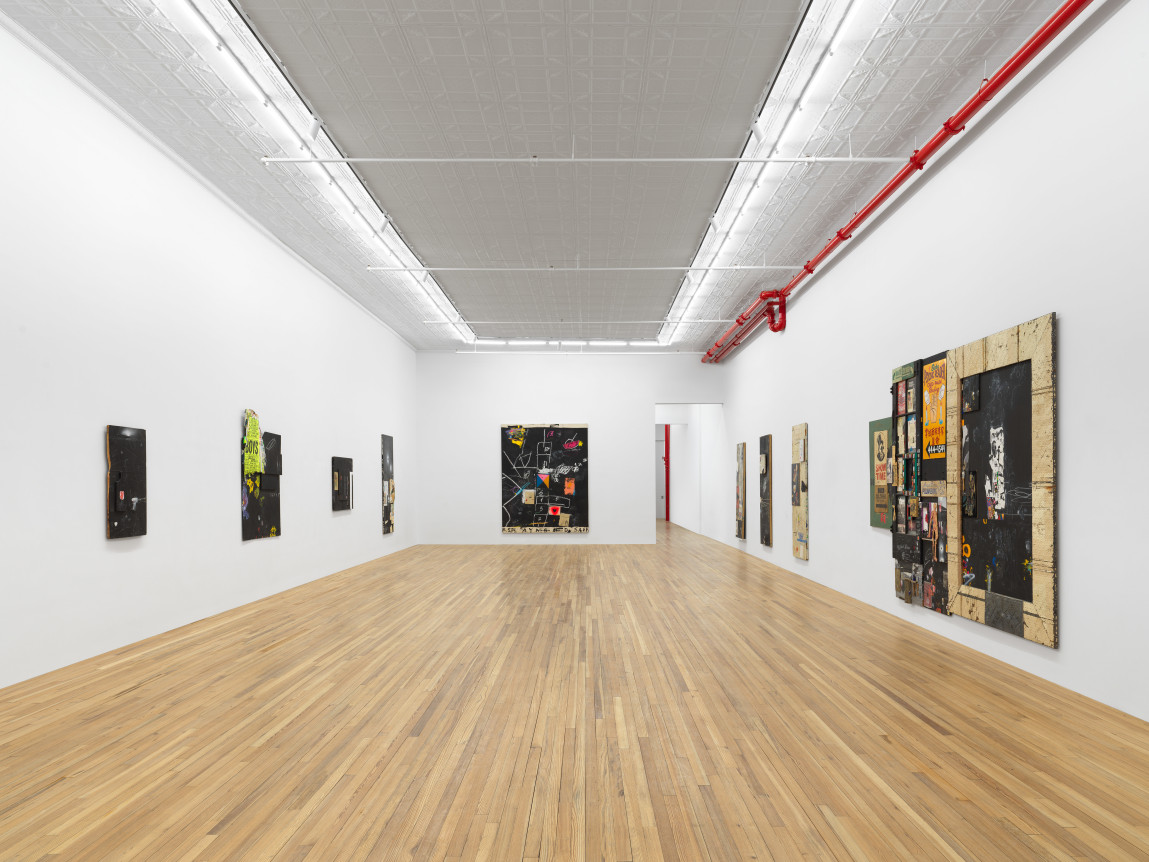
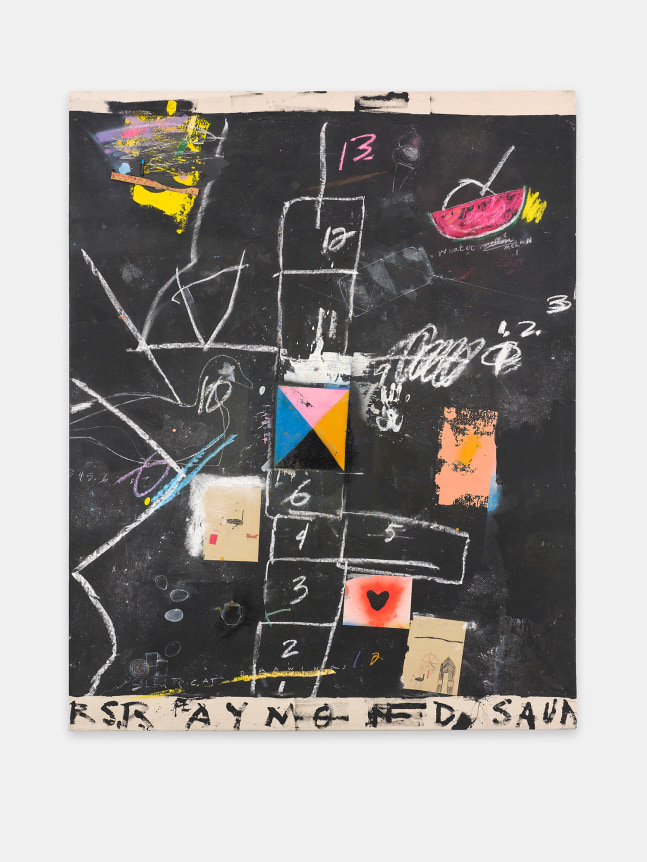
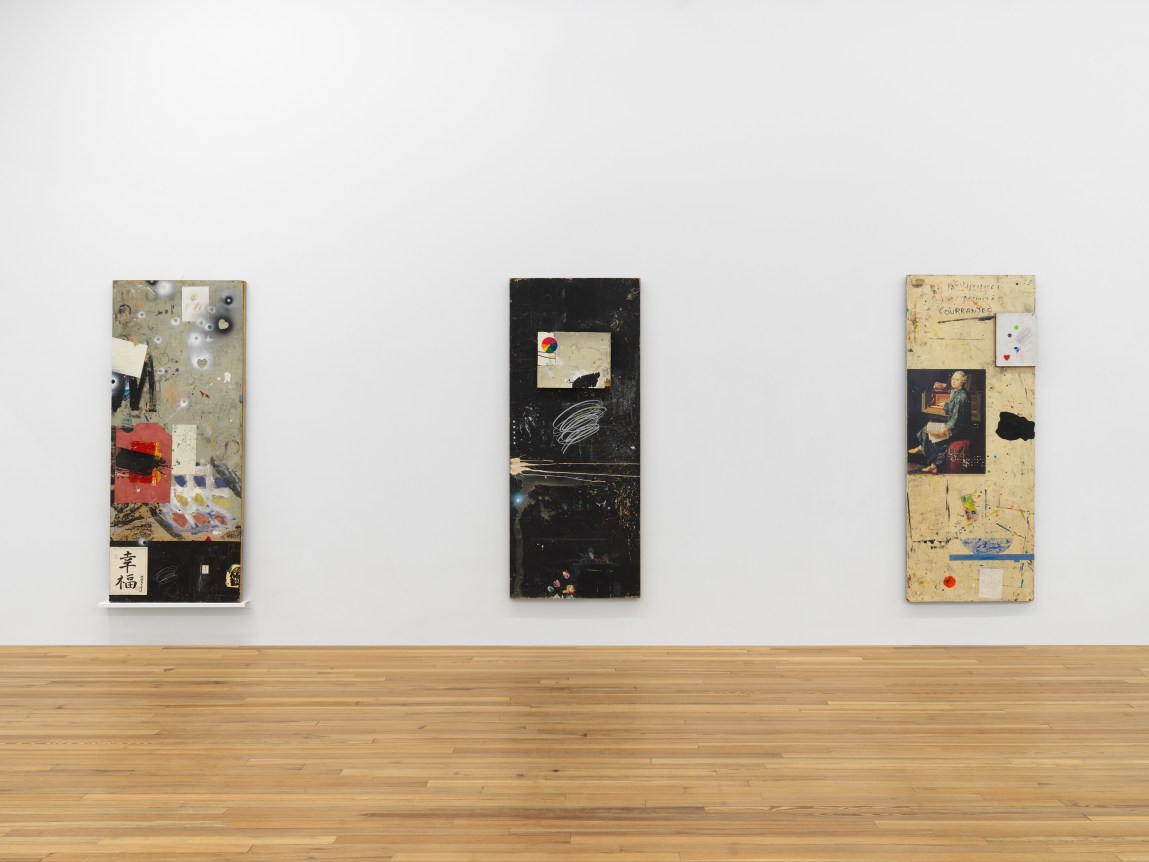
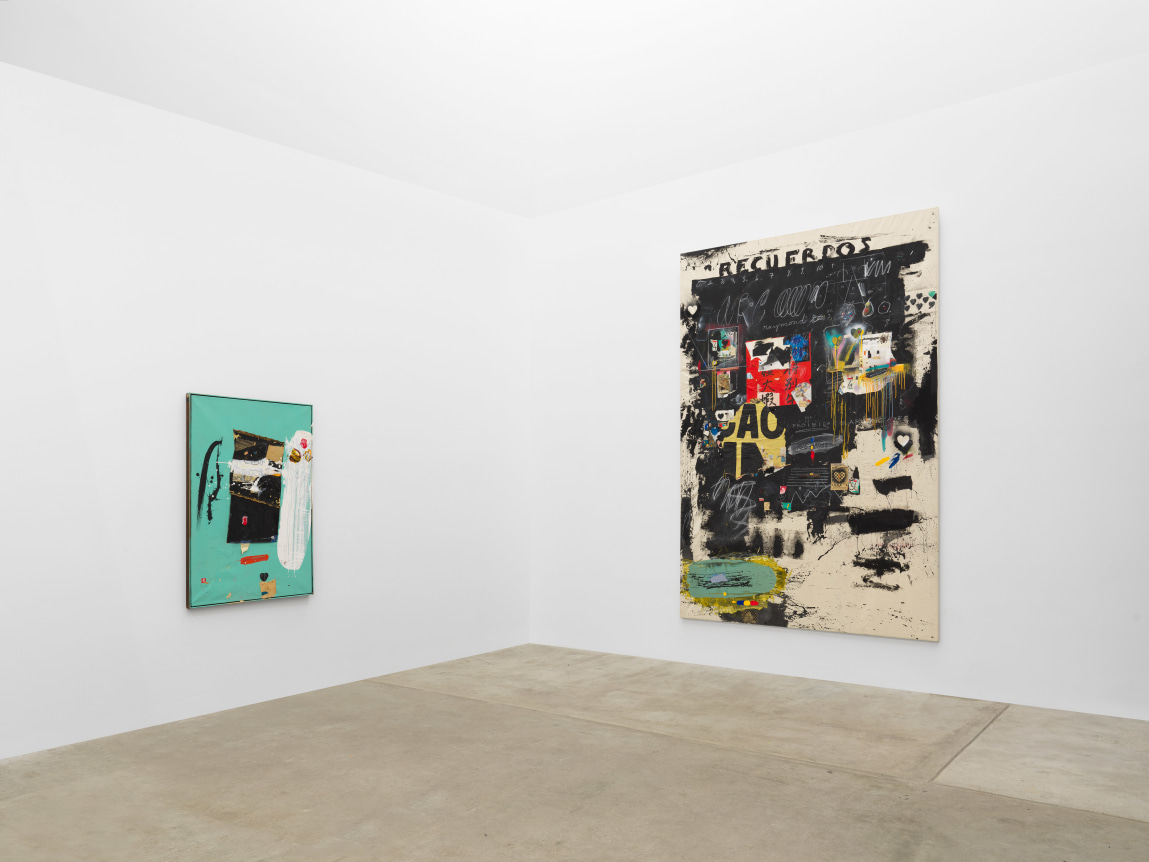

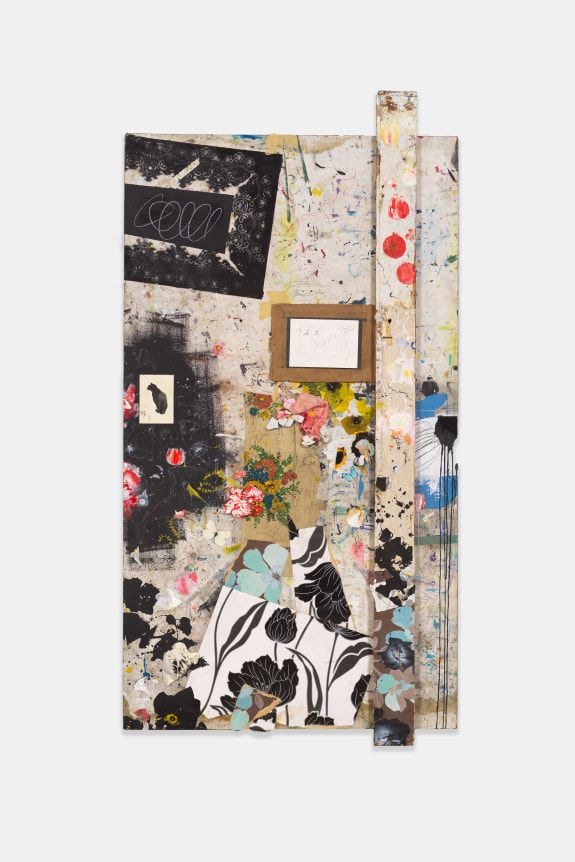
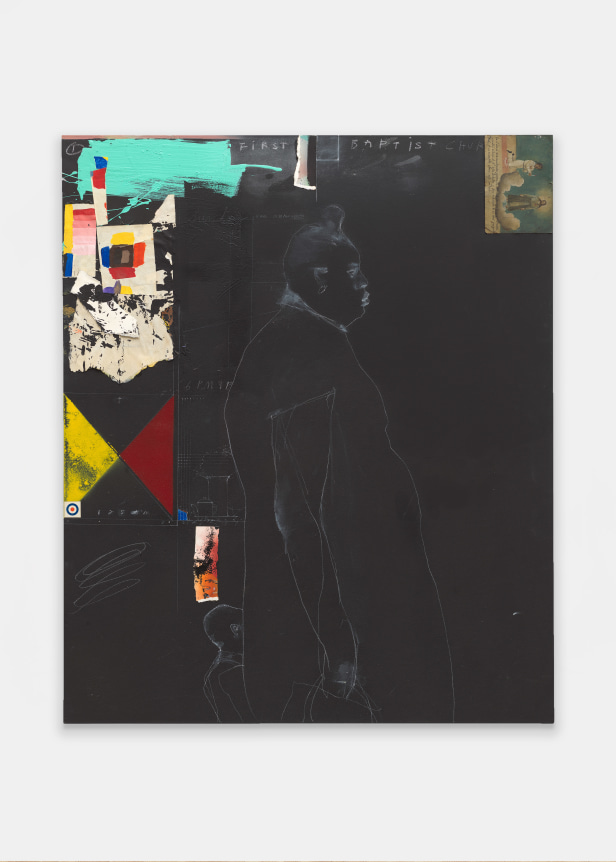
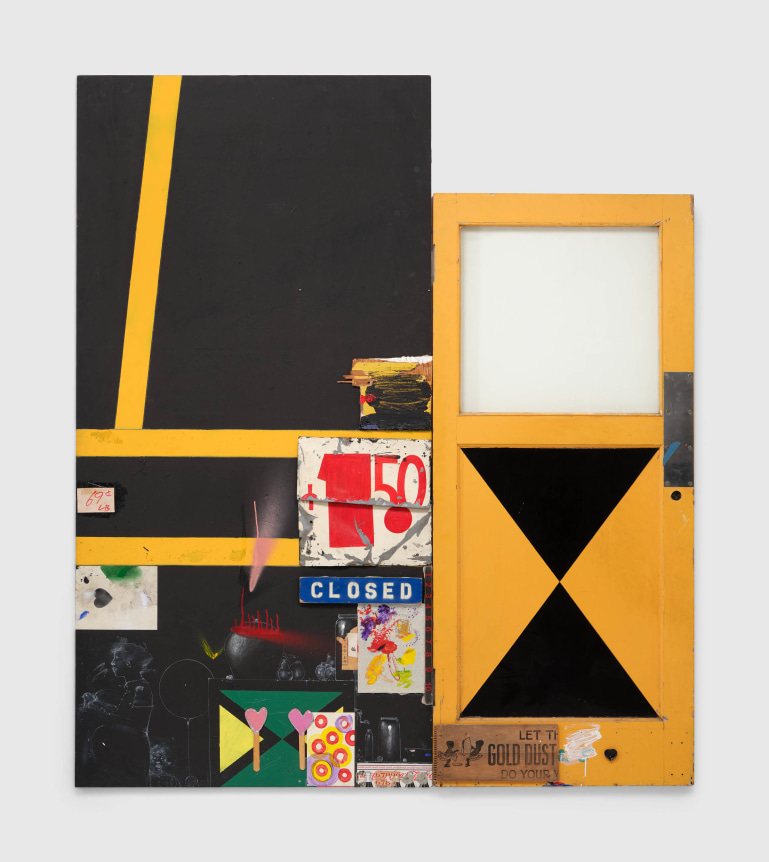
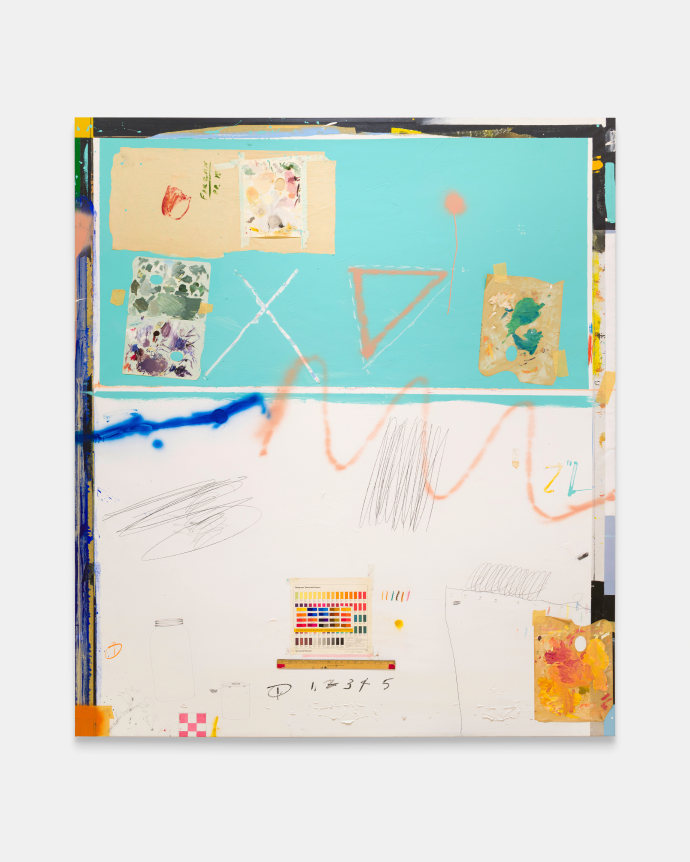
![Raymond Saunders Charlie Parker [formerly Bird], 1977](https://img.artlogic.net/w_1438,h_862,c_limit/exhibit-e/59bff84cdca83743488b4567/1563dd806a4ab59a3c645520fb51619d.jpeg)
